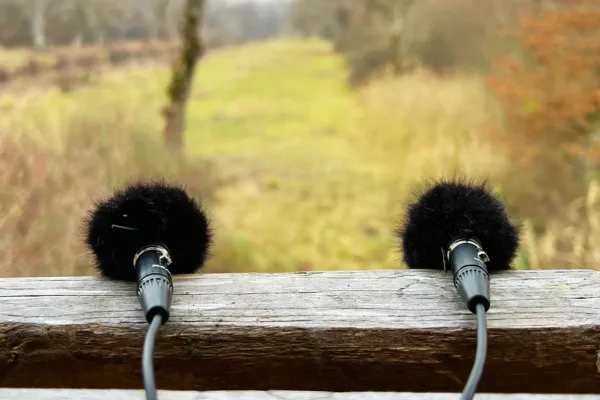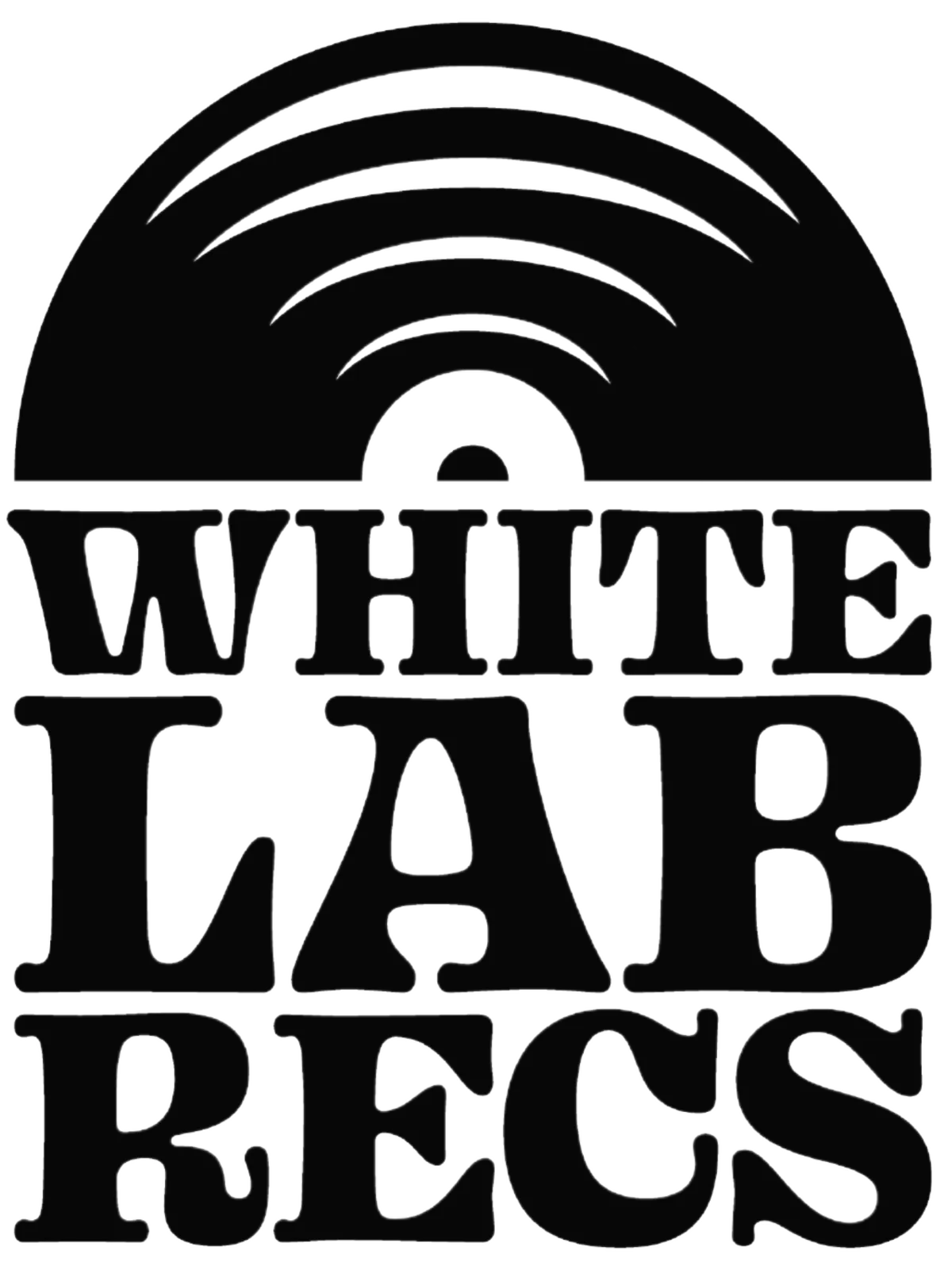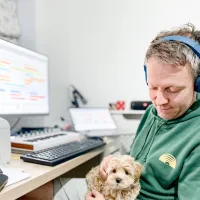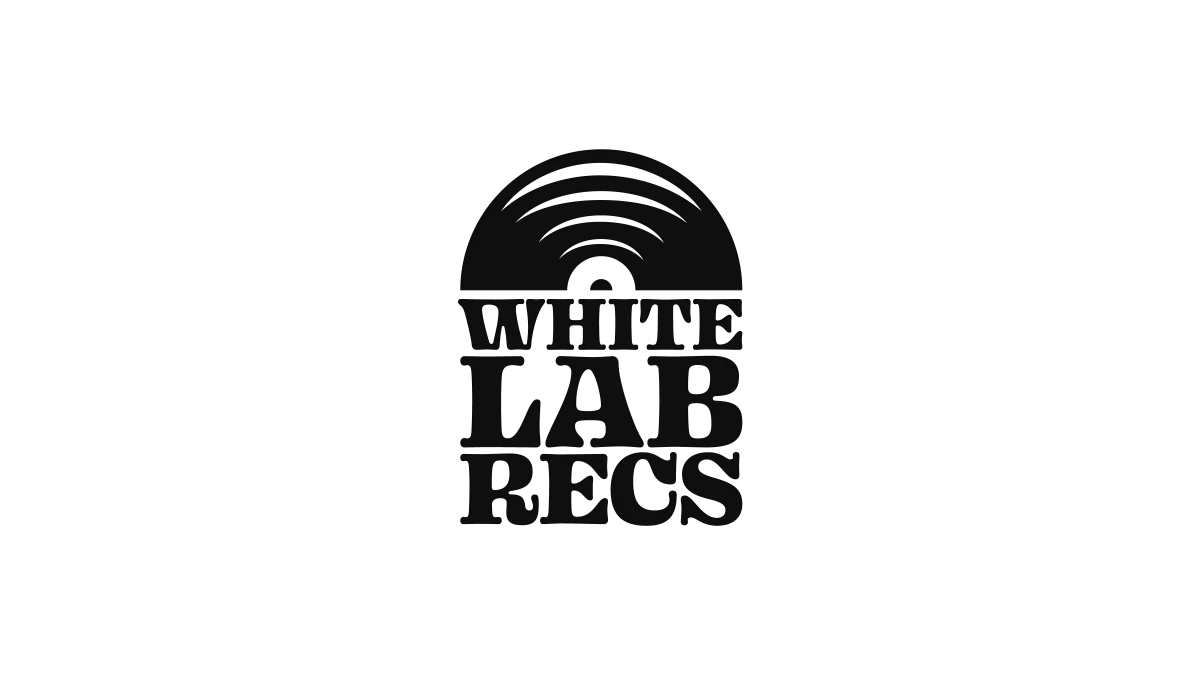Whitelabrecs Blog

Behind The Scenes With: Daou
For this blog post I invited Georges Daou for a chat following the recent release of his album 'Bluebird'. I asked a few questions to hopefully give us some extra insight into his album and wider work:
How does your work in architecture and photography differ from your work with sound? And what are the similarities?
GD: My work in architecture, music and photography is centered around visual and auditory storytelling and capturing the essence of spaces and moments. My work with sound involves creating an auditory experience that can potentially evoke emotions. Most of the tracks I produce are conceived as a soundtrack to an idea or concept etc. The similarity lies in the creative process - both require a deep attention to detail and a keen sense of composition. Whether I’m framing a photograph or arranging a piece of music, I’m always thinking about how the elements interact to convey a message, a feeling or a space.
There are a lot of field recordings throughout Bluebird - what were your techniques to capture them? What equipment did you use and how did you arrange them in the mix?
GD: For capturing field recordings in Bluebird, I used my trusty combination of the Zoom H6 and the great Usi pro microphones from Lom to capture a wide range of sounds. The techniques involved carefully selecting times and locations to minimise unwanted noise and enhance the desired ambiance. In the mix, I arranged these recordings, often in loops, to create a seamless soundscape. I often layered them with whatever was playing in the mix, so that they can be an essential part of the composition and not simply additions.
What locations were some of the field recordings captured?
GD: The field recordings were captured in various locations, mostly France, where I have been based since 2018. Each location was chosen for its unique sound environment. These included natural settings like forests and mountains especially, as well as urban environments such as the streets of Paris etc. Locations were selected to provide a diverse auditory palette that could complement the themes of the album.
Much like the fictional story in the press release for this album, you are also well-traveled. How has travel influenced your work as an artist?
GD: Travel has been a significant influence on my work as an artist. Experiencing different cultures, environments, and sounds has broadened my perspective and enriched my creative process. The diversity of sounds and sights encountered during my travels often finds its way into my projects, providing a global tapestry of inspiration that shapes the narrative and depth of my work. I often go back to places I’ve lived before and try to reproduce sonically specific events that might end up in one of the tracks. I’m nostalgic by nature.
What are your future plans in art and music? What’s next?
GD: Looking ahead, I plan to continue exploring the intersection of art and music. I’m interested in experimenting more with multimedia installations that combine visual and auditory elements to create immersive experiences. Something links between tape music and analog photography, that I’m yet to explore. I’m also interested in having more hours per day; 24 hours are not enough!
How did you approach the sound of ‘Bluebird’? Did you use analog equipment or Plugins?
GD: Bluebird is the first project where I used way less tape recordings or tapeloops and more digital electronics, such as my trusty OP-1 field and Monome Norns mostly. I also recorded a lot of shortwave radio for this one, simulating the sound imperfections and white noises. I try to implement a new approach in each new project, be it an instrument, a technical, anything really, to avoid routine and boredom. I get bored really easily!
If you like the sound of what you hear and read in this blog post by Daou, you can follow his work here:
'Bluebird' is available now in a limited edition run of marble vinyl-effect CDrs housed inside a record wallet sleeve, as well as a range of high quality digital formats. You can take a listen and buy a copy in your preferred digital format by clicking HERE!
join the community...
get a free 12 track compilation album
be the first to hear the label news
get behind the scenes exclusives
a chance to get involved



